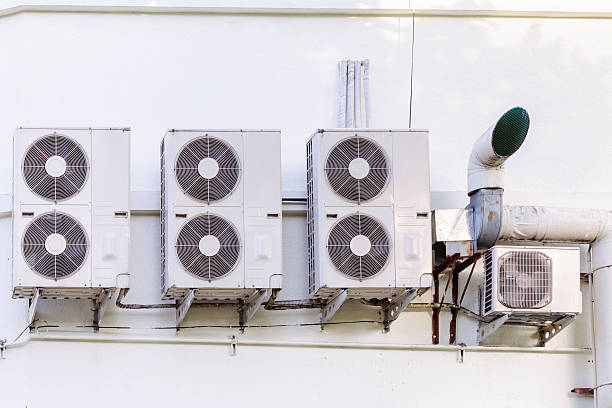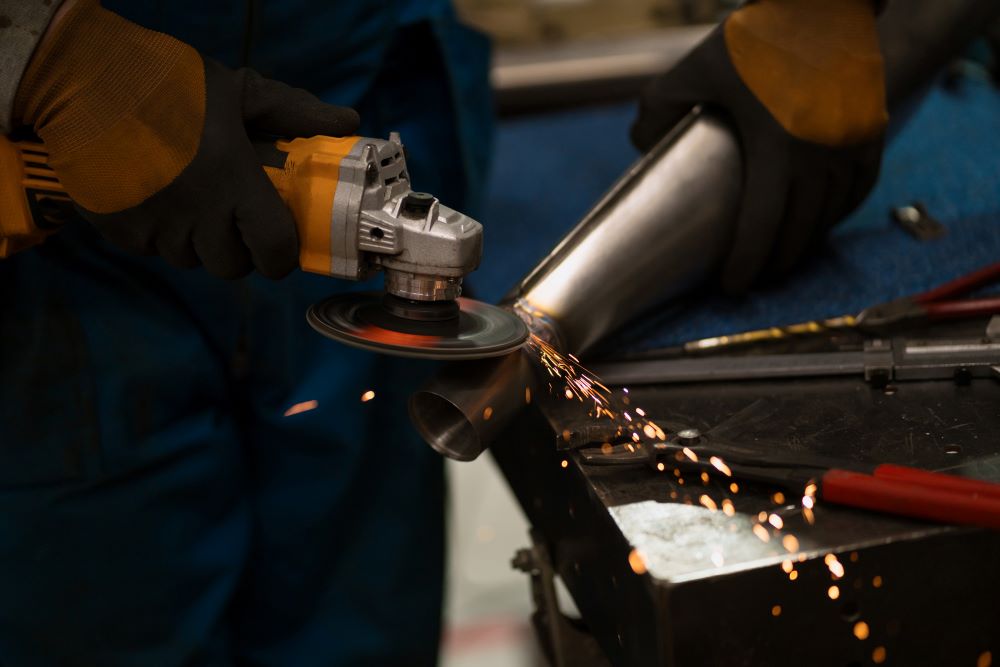An engine lathe is a generic machine tool used for shaping and cutting metal, wood, or other materials by rotating the workpiece against a cutting tool. It is an important machine in any manufacturing and production environment. It helps companies achieve precision and efficiency in most of their machining tasks.
Finding the right engine lathe is crucial to maximize its effectiveness in your operations. However, with so many options available, it may be daunting to find the right one for yourself.!
Therefore, we’re here to help! In this blog, we will take you through some key points that you will want to look at when making a purchase for an engine lathe, thus giving you value for your money.
Read on!
Define Your Machining Needs
Consider the type of material you will be working with. Will it be metals, wood, or plastics? Because different materials require different lathe specifications. For instance, lathes used in metalworking need to be able to work on hard materials, and hence, their construction may be stronger. Wood lathes can perhaps have features that suit softer materials.

If you are in doubt about what type of machine to choose, you can begin researching for types of engine lathe brands. A number of suppliers will have new and used machines with detailed descriptions. You compare these to get a good lathe that suits your material needs. Browse through the product reviews and specifications to understand which models best suit your project.
Key Features to Consider
Swing Over Bed and Distance Between Centers
This will provide you with the workpiece capacity of the lathe, so this is an important one. The swing-over bed refers to the maximum diameter of the workpiece that can be turned, while the distance between centers refers to the maximum length. Ensure that these measurements match the size of the parts that you intend to machine.
Spindle Speed and Range
The spindle speed refers to the speed at which the lathe is able to turn the workpiece. The speed varies depending on the material and the operation to be carried out. In most cases, harder materials require slower speeds that will not damage them. Therefore, it is important to choose one with a spindle speed range that suits your machining needs.
Tooling and Accessory Options
Versatility is very important. The lathes with several tool holders and accessories are excellent for the sake of giving you further flexibility to tackle various kinds of machining jobs. Additional features that come with some lathes include tool posts and quick-change tool holders that might help you become more productive.
Quality and Construction
Material and Durability
Most premium lathes are fabricated from either cast iron or steel for stability and minimal vibration. A well-constructed lathe will last longer and provide more accurate results. Check the construction materials to make sure that you invest in a durable machine.

Precision and Accuracy
Precision plays a major role in machining. Features such as lead screws and bed alignment, among many others, will have a great effect on the accuracy of the lathe. Ensure that the lathe contains precision components and is aligned well. It will ensure that your workpiece is correctly machined and consistent.
Controls and User Interface
Ease of Use
User-friendliness in operation necessitates that such a machine will have user-friendly controls. It shall contain an intuitively designed control panel and digital readouts for easy machine operation. Features like this make the machine easier to set up and operate. Thus reducing the learning curve and increasing productivity.
Automation and CNC Options
Automation and CNC are incorporated in most modern machines, which are a few added features. These features increase the facet of your machining manifold. Automation will handle the routine jobs, and CNC will open a wider area of control over more complex operations.
Costs and Budgets
Upfront Expense vs. Long-Term Value
You should balance the initial cost of the lathe with its long-term value. Cheaper models may save you money. However, they could be less resilient and, therefore, need repairs often. In essence, investing in a high-quality lathe may save a lot of money in the long run.
Financing and Purchasing Options
If you’re concerned about budgetary constraints, search for the financing options available. Many suppliers have financing plans available that can soften the sting of purchase. In addition, consider both new and used lathes. A used lathe in excellent condition might save you considerably without hurting your purchase in terms of quality.
Closing Lines
Choosing the right engine lathe involves evaluating your specific machining needs, understanding key features, and considering build quality. By carefully assessing these factors, you can select a lathe that enhances your productivity and meets your requirements. Take the time to research and consult with experts to ensure you make the best choice for your machining tasks.












